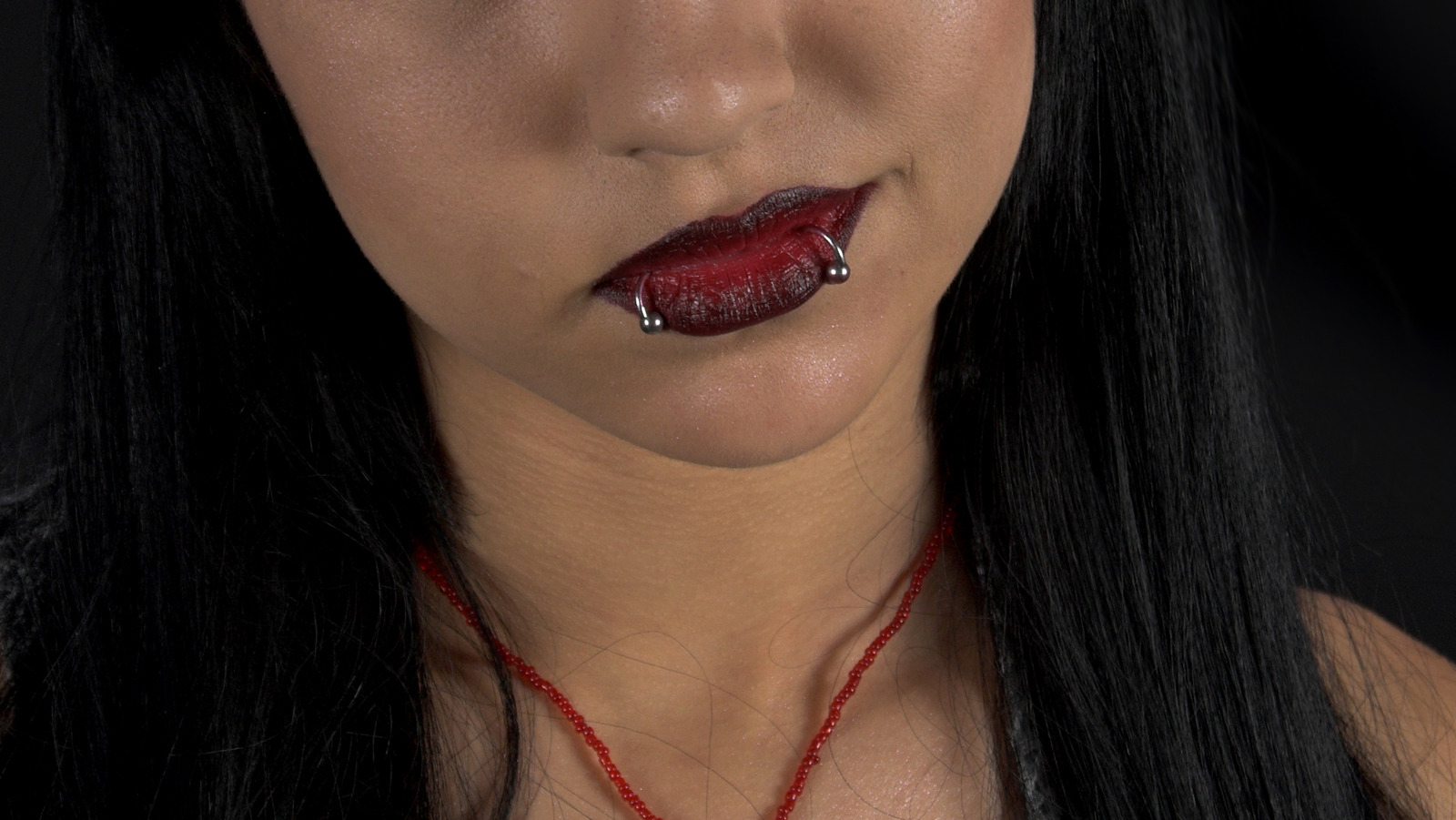
Introduction to Snake Bite Piercing

Snake bite piercing is a popular form of body modification that involves getting two symmetrical piercings on the lower lip. It is named after its resemblance to snake fangs, giving the wearer a unique and edgy look. This type of lip piercing has gained significant popularity in recent years among individuals looking to express their individuality and rebellious nature. In this article, we will explore everything you need to know about snake bite piercing, including the procedure, aftercare, and potential risks involved.
The Procedure of Snake Bite Piercing

The procedure for getting snake bite piercing involves the following steps:
1. Finding a professional piercer: It is crucial to choose an experienced and reputable piercer who follows strict hygiene practices. Research and read reviews to ensure you select a professional who can perform the piercing safely.
2. Marking the piercing spots: The piercer will mark the exact spots where the piercings will be placed, taking into account the desired symmetry and placement. This step is essential to achieve the desired aesthetic outcome.
3. Cleaning and numbing the area: The piercer will clean the area around the lips thoroughly to minimize the risk of infection. Some piercers may also apply a numbing agent to minimize discomfort during the procedure.
4. Piercing the lip: Using a sterilized needle or a hollow piercing needle, the piercer will create the holes on both sides of the lower lip simultaneously. The jewelry, usually in the form of labret studs, will be inserted immediately after the piercings are made.
5. Aftercare instructions: The piercer will provide you with detailed aftercare instructions, which typically include cleaning the piercings with a saline solution, avoiding certain foods and activities that may irritate the piercings, and regularly rotating the jewelry to prevent it from sticking.
Aftercare for Snake Bite Piercing
/GettyImages-167771349-5c92dd2fc9e77c00018fb62e.jpg)
Proper aftercare is essential to ensure the healing process of your snake bite piercings goes smoothly. Here are some aftercare tips to follow:
1. Cleaning the piercings: Use a saline solution or a mild, fragrance-free soap to clean the piercings twice a day. Gently rotate the jewelry while cleaning to prevent it from sticking to the surrounding tissue.
2. Avoiding oral contact: Refrain from touching or playing with the piercings with your fingers or tongue, as it can introduce bacteria and prolong the healing process.
3. Mouthwash after meals: Rinse your mouth with an alcohol-free, antimicrobial mouthwash after eating or drinking anything other than water. This helps remove any food particles or bacteria that may have accumulated around the piercings.
4. Avoiding certain foods and activities: Stay away from spicy, acidic, or hard foods that can irritate the piercings. Additionally, avoid activities like smoking, kissing, or oral sex during the initial healing period to prevent infection and irritation.
5. Be patient: Snake bite piercings can take several weeks to months to fully heal. Be patient and avoid changing or removing the jewelry before the recommended healing time to prevent complications.
Potential Risks and Complications

While snake bite piercing can be a stunning form of self-expression, it is essential to be aware of the potential risks and complications associated with it. These may include:
1. Infection: Poor aftercare or unsanitary piercing practices can lead to infections. Signs of infection include excessive swelling, redness, pain, and the presence of pus. If you suspect an infection, seek medical attention promptly.
2. Allergic reactions: Some individuals may be allergic to certain metals used in jewelry. Opt for high-quality, hypoallergenic materials like surgical-grade stainless steel or titanium to minimize the risk of allergic reactions.
3. Gum and tooth damage: Improper placement of the piercings or constant friction between the jewelry and gums can lead to gum recession, tooth damage, or enamel erosion. Ensure the jewelry doesn't come into contact with your teeth or gumline.
4. Migration and rejection: In some cases, the body may reject the piercings, causing them to migrate or be pushed out. This can lead to scarring and the need to remove the jewelry.
5. Swelling and bruising: It is normal to experience swelling and bruising around the pierced area for the first few weeks. However, if the swelling is severe and accompanied by extreme pain or difficulty in breathing, seek immediate medical attention.
Conclusion
Snake bite piercing is a popular form of body modification that can enhance your appearance and express your unique style. However, it is crucial to choose a professional piercer, follow proper aftercare, and be aware of the potential risks associated with this type of piercing. By taking the necessary precautions and practicing good hygiene, you can enjoy your snake bite piercings without complications and showcase your individuality.